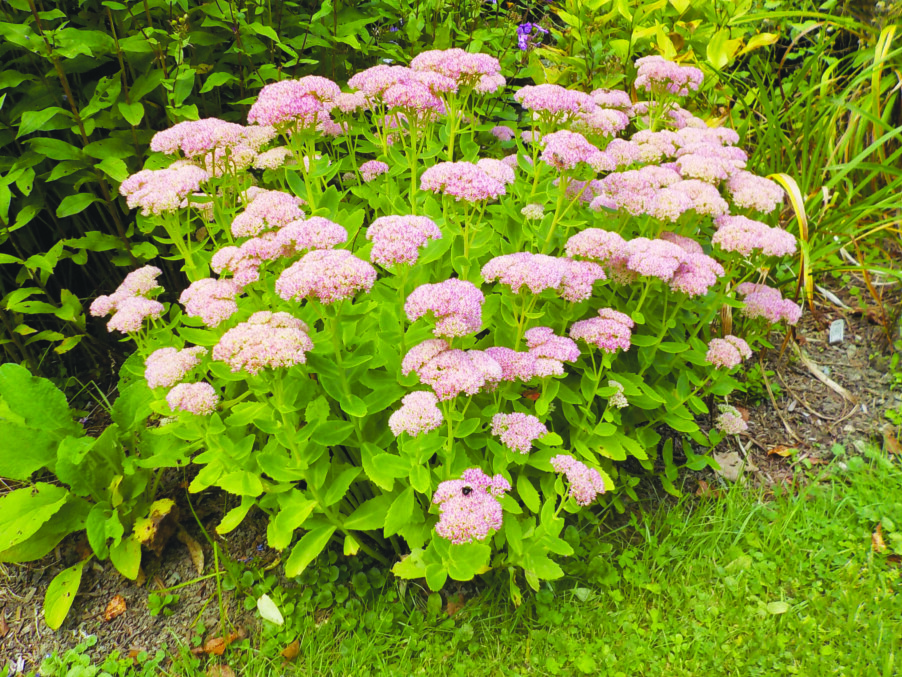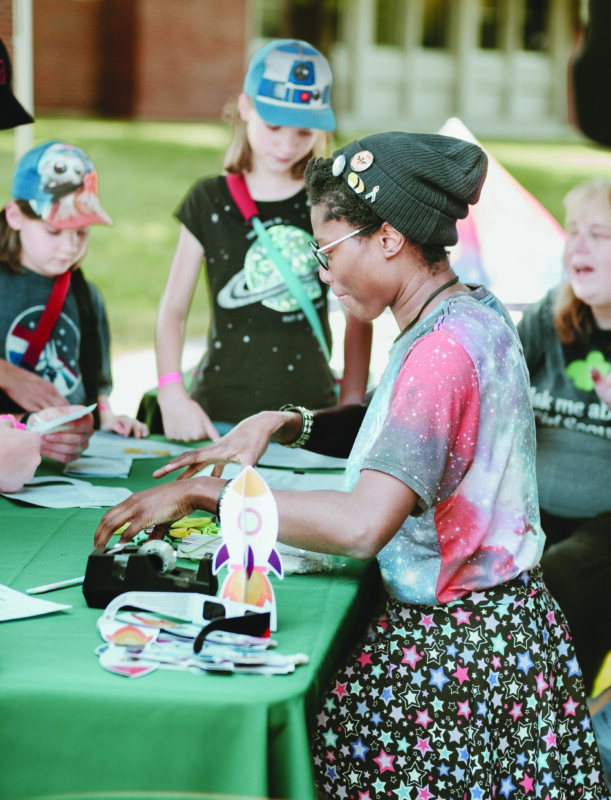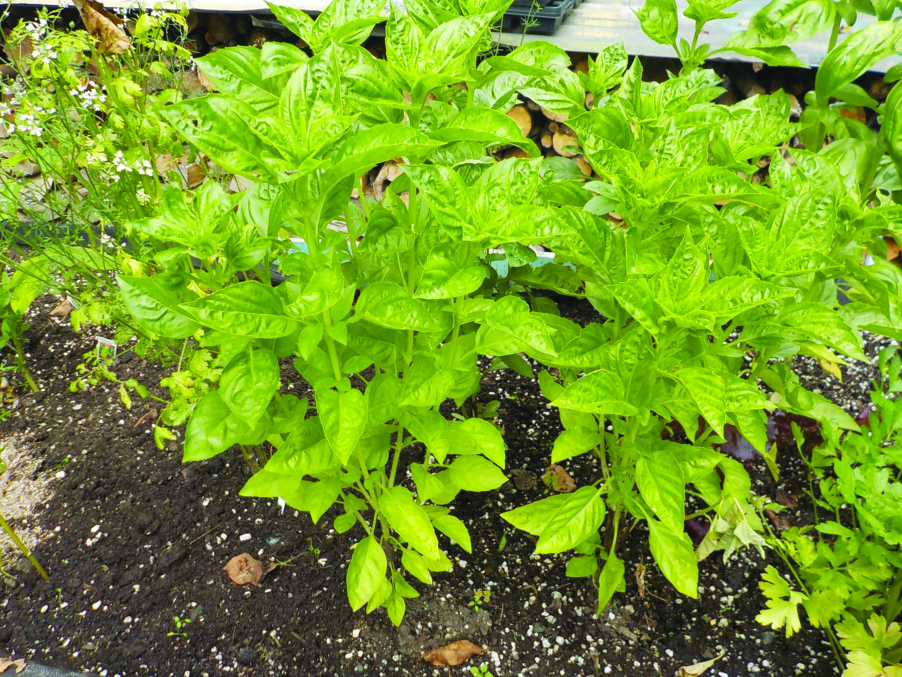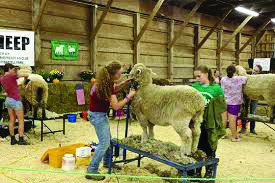Make room for raised beds and homemade cookies
As a Certified Senior Citizen I sometimes wonder if I am too ambitious in my garden. I have about an acre of gardens with 200 or more kinds of flowers and a good-size vegetable garden. These gardens please me greatly, and I visit them daily all year, even in winter. In gardening season I spend considerable time weeding, pruning, mulching and admiring our gardens. I am blessed with a wife who loves to garden and even loves weeding and edging!
Still, I know that my body will not always be able to work as hard as I ask it to now. So what can we do as we get older to make our work easier? First, we can stop buying new plants and creating new garden beds when our current beds are full. That is a hard choice to make, but I do my best to follow that rule.
We can also diminish the size of our gardens. For years I have grown 35 to 50 tomato plants each year. But I will try to drop down to 25 next year, and fewer each year after that. I do love the tomatoes and freeze and dehydrate many each summer for year-round use. But we do have plenty of farm stands growing great veggies, and I could use them more.
Raised beds make gardening easier on us, too. I have one nice deep cedar gardening “trug” that is 6 feet by 2 1/2 feet in size and stands 30 inches tall. I got it from Gardener’s Supply several years ago and it has held up well. I grow mostly kitchen herbs in it, along with a little lettuce and a few hot peppers. It is just steps from the house, while the vegetable garden is downhill and a few hundred steps away. I might get another, or build one.
I recently visited my friend Fred Sullivan, a retired dairy farmer, who lives nearby. His wife of many decades, Shirley, passed away last year; she did most of the vegetable gardening but Fred has taken it on. Some years ago he made Shirley four nice raised beds using landscape timbers. Each is 4 feet by 8 feet and about 20 inches tall. He grows tomatoes, cucumbers, summer squash and some Swiss chard.
I asked Fred about his gardening efforts. He told me that the doctor said he needed to stay active if he wanted to stay healthy. Gardening is a good form of gentle exercise for someone in their 80s, and you get “free” food, too! His best advice: “Be good to your soil, and it will be good to you.”
The raised beds make it easier to work. If you want raised beds, many companies are producing easy-to-assemble beds that are reasonably priced. Although most require quite a bit of soil mix, you can reuse the soil from year to year. I add fresh compost and some slow-release fertilizer each spring to my raised beds.
I recently called my friend Sydney Eddison at her home in Connecticut to talk about gardening as we get older. She is the author of many gardening books and a few nice small books of poetry in recent years. Her book Gardening for a Lifetime: How to Garden Wiser as You Grow Older (Timber Press, 2010) is full of good ideas.
Sydney told me, “Cultivate imperfection.” She said that as we get older we have to accept that our gardens can never be perfect. But she emphasized choosing plants that are reliable under any conditions, and that are low-maintenance plants. I agree.
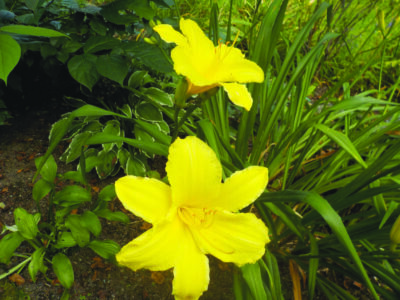
Delphinium and peonies, for example, are wonderful plants but most need to be staked and looked after to keep them from flopping or breaking in a heavy rain. I can’t imagine ever getting rid of my peonies, but maybe I don’t need quite so many — I could share a few with younger friends.
A plant that Sydney loves is a sedum called Autumn Joy. She has a dozen or so mature plants, each clump 30 inches wide, and they look good even in winter wearing what she calls “snowy hats.” Daylilies are also wonderful — and a mainstay in her garden. She pointed out that they can bloom for nearly two months if you pick early, mid-season and late-season varieties.
Shrubs are less work to maintain than perennials or annual flowers. Plant them, or have someone plant them, and they will require little — so long as they are not varieties that grow inordinately fast. There are plenty that can go several years without pruning.
One of my favorites is called fothergilla (Fothergilla major). It has nice white bottle-brush blossoms in May and spectacular fall foliage. Mine, after 20 years and very little pruning, is only 5 or 6 feet tall and wide. It’s hardy to Zone 4.
And of course, the easiest plant to grow is lawn grass. Once established it really only requires a weekly mowing. There are plenty of people who are willing to do the mowing for a reasonable fee — and there is little they can do to damage it.
Sydney Eddison gave me good advice: If someone offers to help in the garden, accept! And if no one does offer, try to hire a younger person to help. Offer to teach them about gardening. At the end of the day sit in the garden and drink tea and eat homemade cookies. Both of you will be happy.
Henry is a lifetime organic gardener living in Cornish, N.H. He presents at garden clubs and libraries around the region, and is the author of four gardening books. Reach him at [email protected].
Featured photo by Henry Homeyer.

